Lab History
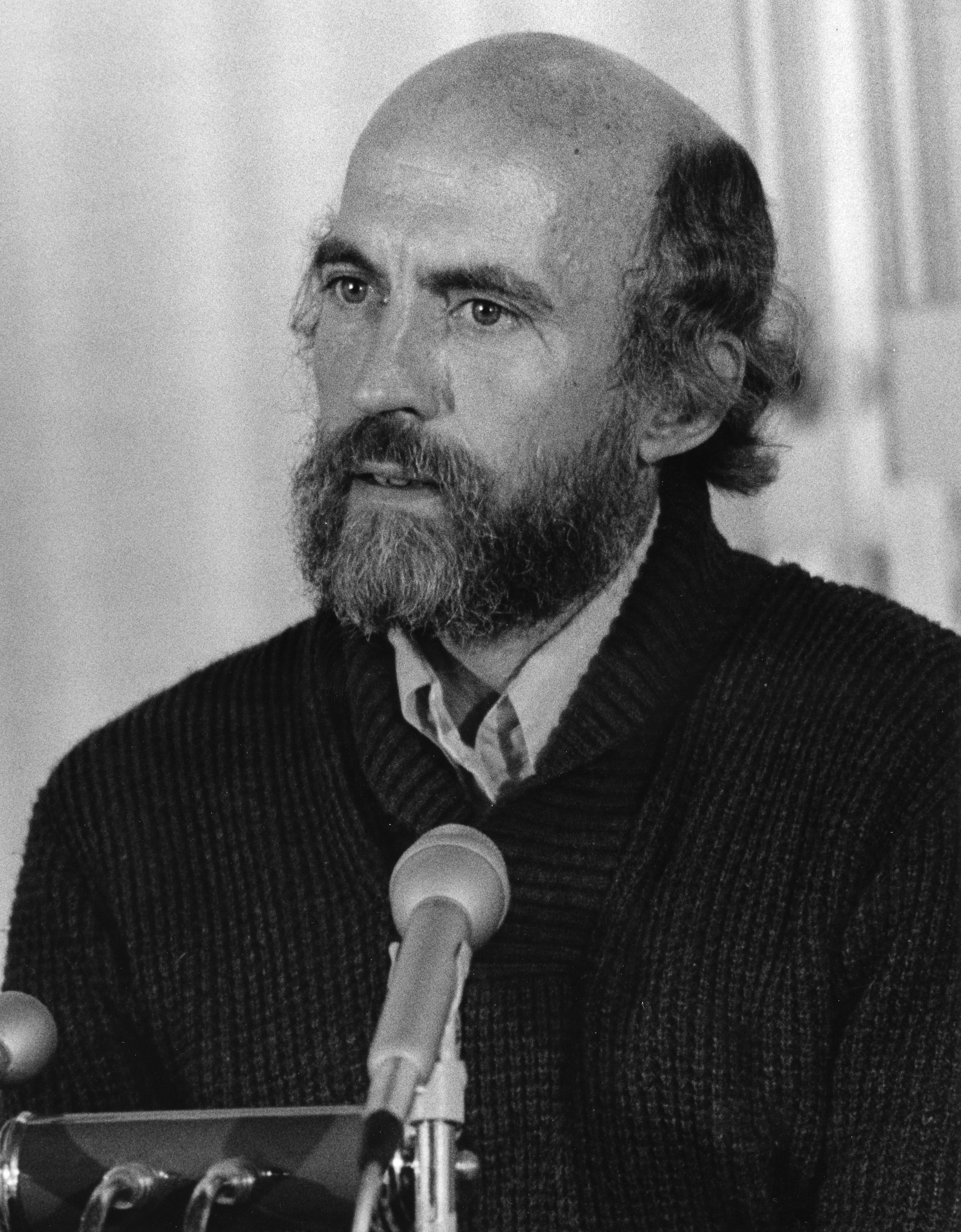
Jack Dymond
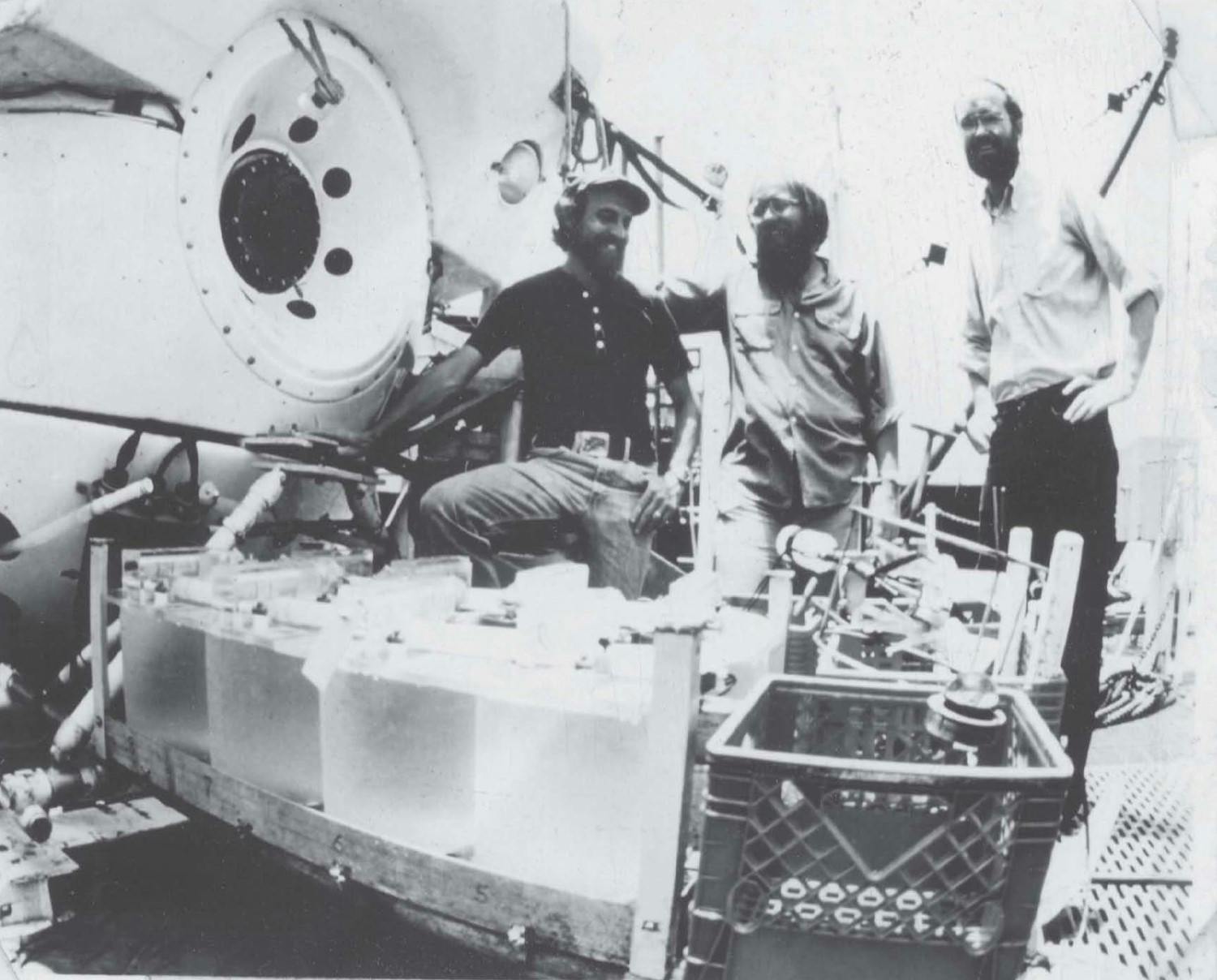
Research employing K/Ar and later 40Ar/39Ar radiometric methods has a long history at the College of Earth, Ocean and Atmospheric Sciences (CEOAS). In 1969 the first Reynolds-design mass spectrometer was installed by Prof. David Tilles to undertake age determinations on lunar samples returned by the Apollo missions. Following his untimely death in 1970, Prof. Jack Dymond arrived at OSU to establish K/Ar dating in our Argon Geochronology Laboratory as well as noble gas geochemistry on terrestrial rocks.
In 1977 Prof. Robert Duncan joined the CEOAS faculty and took over the role of principal investigator for the geochronology facility, while focusing efforts toward 40Ar/39Ar dating of crustal rocks in the ocean basins. In 1980 another mass spectrometer (AEI MS-10) was added with funding from NSF and research areas expanded into dating of terrigenous sediments, vein-filling minerals (celadonite, adularia) and ocean floor basalts. In 1991 NSF provided funds for an MAP 215-50 Mass Spectrometer. Today, this instrument is in heavy use for age determinations by 40Ar/39Ar methods, predominantly detailed incremental heating experiments using a Heine resistance furnace and a Merchantek MIR10-TP CO2 laser.
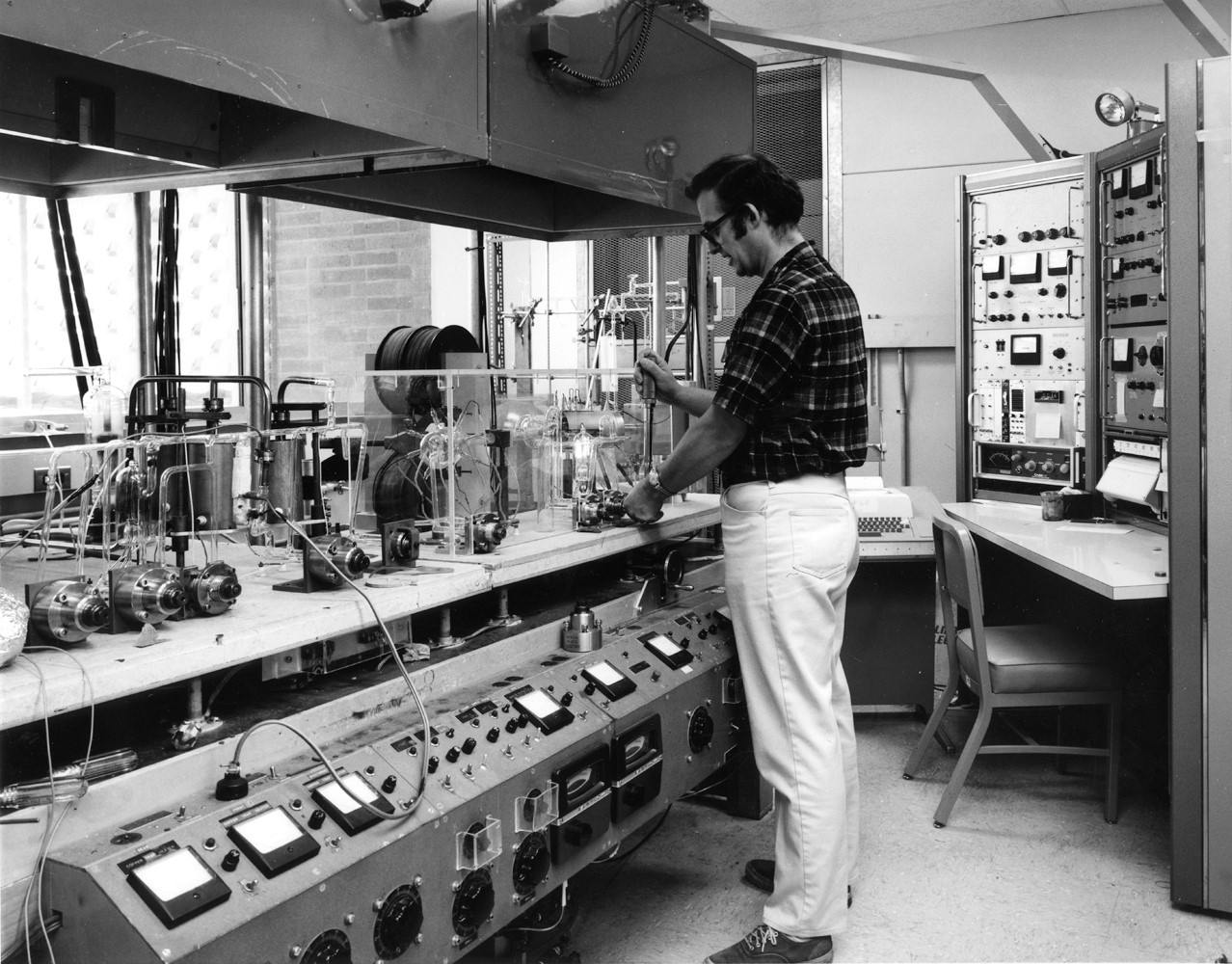
Lew Hogan working with the AEI MS-10
At the beginning of 2007, Prof. Anthony Koppers joined the CEOAS faculty and together with Duncan now co-directs the 40Ar/39Ar facility. Following his arrival, our laboratory spaces have been upgraded and made ready for a new multi-collector ARGUS VI Mass Spectrometer funded by the National Science Foundation and installed in our laboratory in March 2012.
In the summer of 2014 the MAP 215-50 Mass Spectrometer was dismantled in order to be replaced by a second ARGUS VI Mass Spectrometer funded by the Vetlesen Foundation, CEOAS and the Research Office of OSU.
MAP 215-50 (1991-2014)
Our previous instrument was a Mass Analyser Products (MAP) Model 215-50 mass spectrometer that is a single-collector 90° sector instrument with a Nier-type source. On the collector end it has a Johnston MM1-1SG electron multiplier and an electrostatic analyzer with adjustable collector slit for high resolution of masses in the Argon isotope range. This system is equipped with a Heine low-blank, double-vacuum resistance furnace and a first-generation Merchantek MIR10-TP integrated CO2 laser gas extraction system with an infrared pyrometer.
The MAP 215-50 is connected to an all-metal extraction system for 40Ar/39Ar age determinations. This is an ultra-clean, low volume (~1000 cc) gas cleanup line that uses one SAES ST-101 Zr-Al getter (450 °C) and two SAES ST-172 Zr-V-Fe getters (21 °C and 250 °C) to effectively remove reactive and interfering gasses in a two-stage clean up.
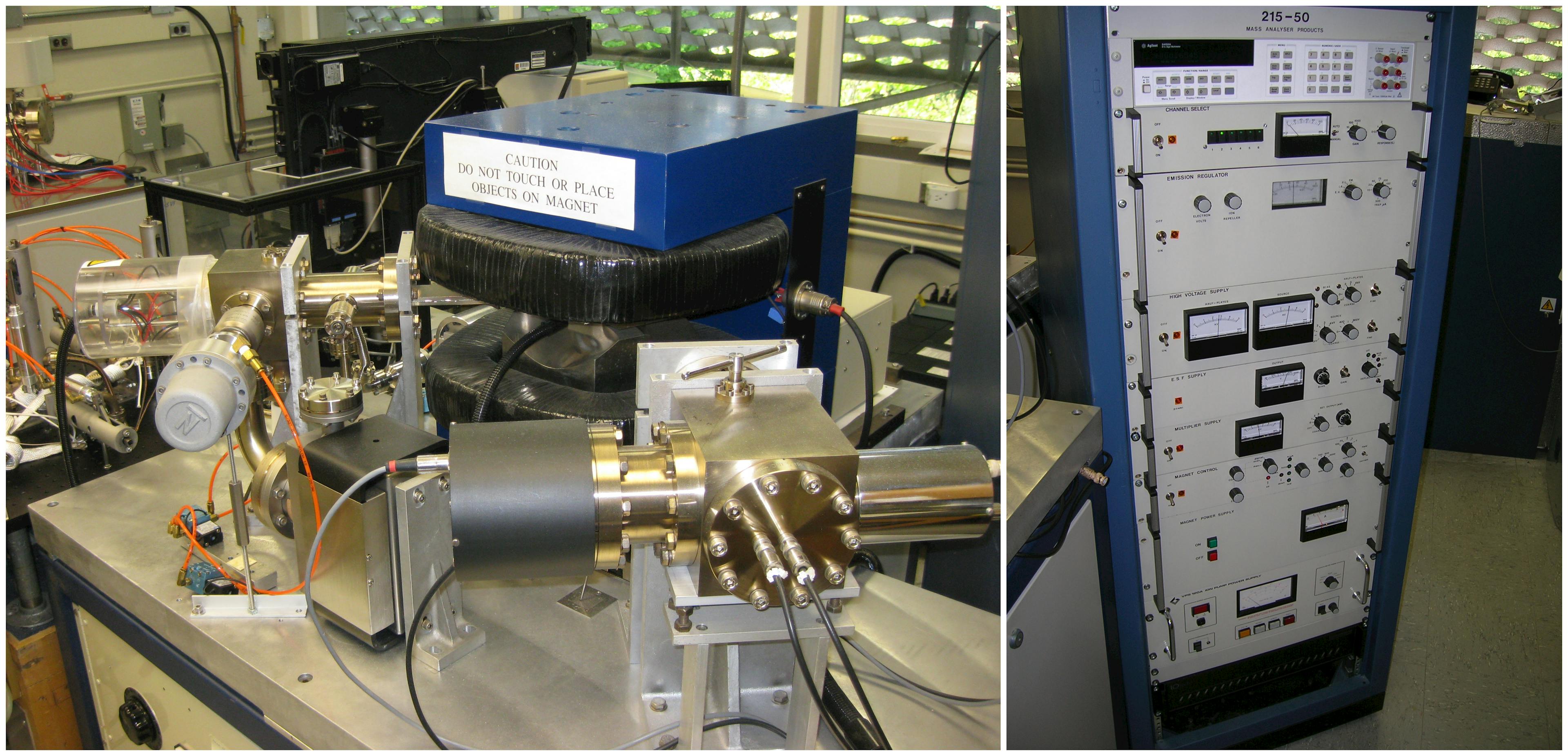
MAP215-50 source magnetic and instrumentation. The CO2 laser system is in the background.
For gas extractions using the resistance furnace, irradiated samples, either whole rock mini-cores or Cu-wrapped mineral separates, are loaded into a sample manifold that feeds into a Ta/Nb-crucible with a Mo-liner. Temperatures are precisely controlled at the bottom of the crucible with a programmable power supply thermocouple system. For experiments using the laser system, irradiated samples, either crushed whole-rock, groundmass, mineral separates, single-grain or in-situ mineral veins are loaded into a Cu-planchette designed with a variety of pits/pans that hold < 1 to 50 mg of material, which is then pumped to an ultra-high vacuum within a sample chamber fitted with a ZnS window that is transparent to the CO2 laser wavelength. Temperatures are monitored with an infrared pyrometer and controlled by varying the laser power percentage through a computer.
Ion beam currents are measured with the electron multiplier at m/e = 36, 37, 38, 39 and 40 and intervening (half-mass offset) baselines. Measurement times, peak/baseline voltages, data acquisition and storage are computer controlled using an 8.5 digit integrating multimeter. Peak heights typically decay during an analysis and the regressed peak heights vs. time generally follow first-order exponential fits. Mass discrimination is monitored using an air standard that can be aliquoted using an 0.1 cc air-pipette system (at ~3.5×10-12 moles of 40Ar per volume). All resulting ages are calculated using the ArArCALC v2.4 software package (Koppers, 2002).
Argus-VI D (2011-2018)
Argus-VI E (2014-2018)
Dan Miggins setting up the second ARGUS-VI
Burt Hall Fire
In December 2018 there was a fire on the second level of Burt Hall that caused extensive smoke damage to the Argon Lab and mineral separation lab. As a result of the smoke damage to the entire building, Burt Hall was completely renovated.
Argus-VI F & G (2019-Present)
Temporary Residence at MGR
While Burt Hall was being renovated, the OSU Argon Lab acquired two new ARGUS-VI Mass Spectrometers and built them up at the OSU's Marine Geology Repository across town. There we were able to build up and continue running samples until the construction was completed.
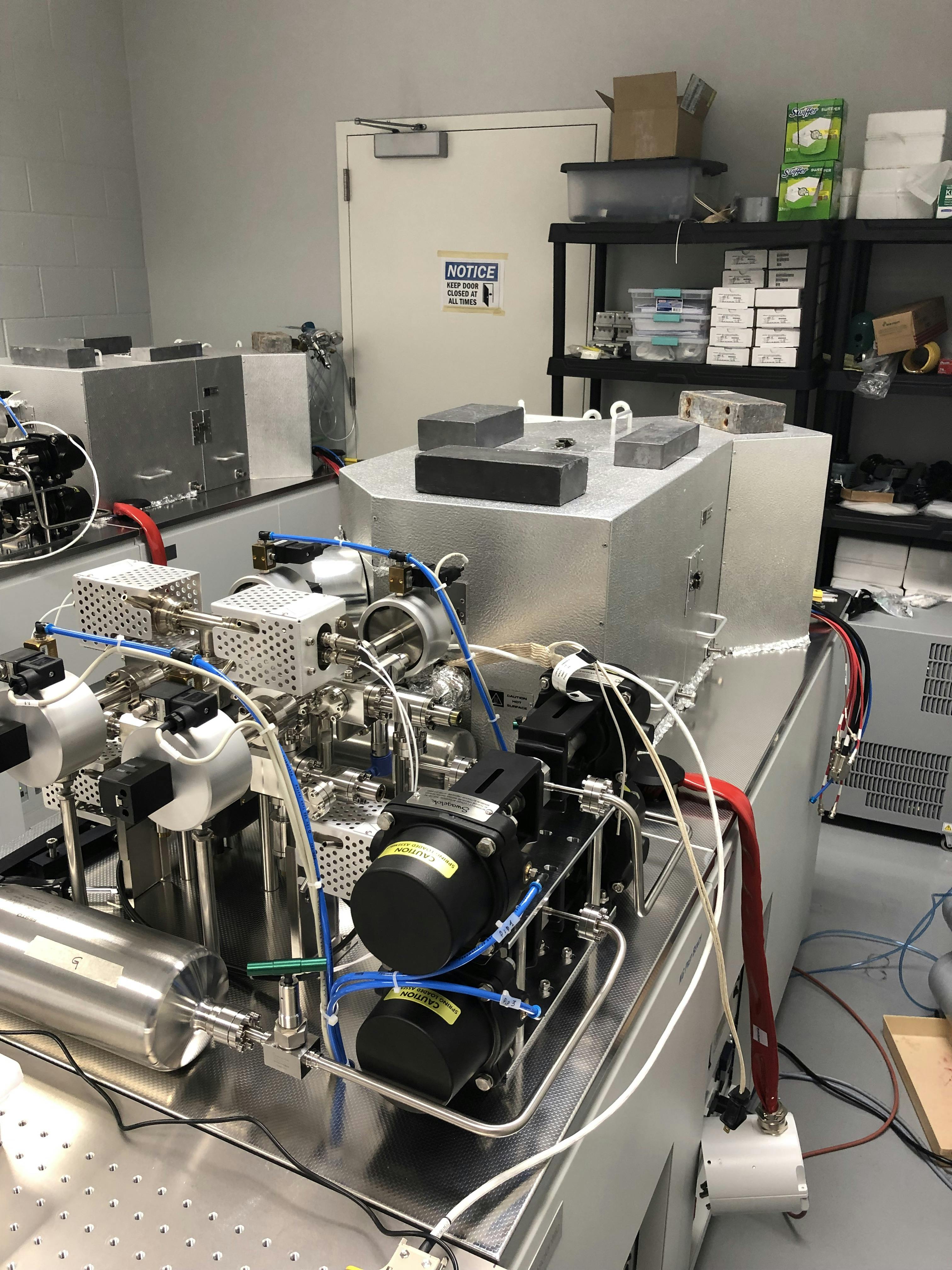
The machines were first set up in a small room in MGR before moving to a more appropriate setting.
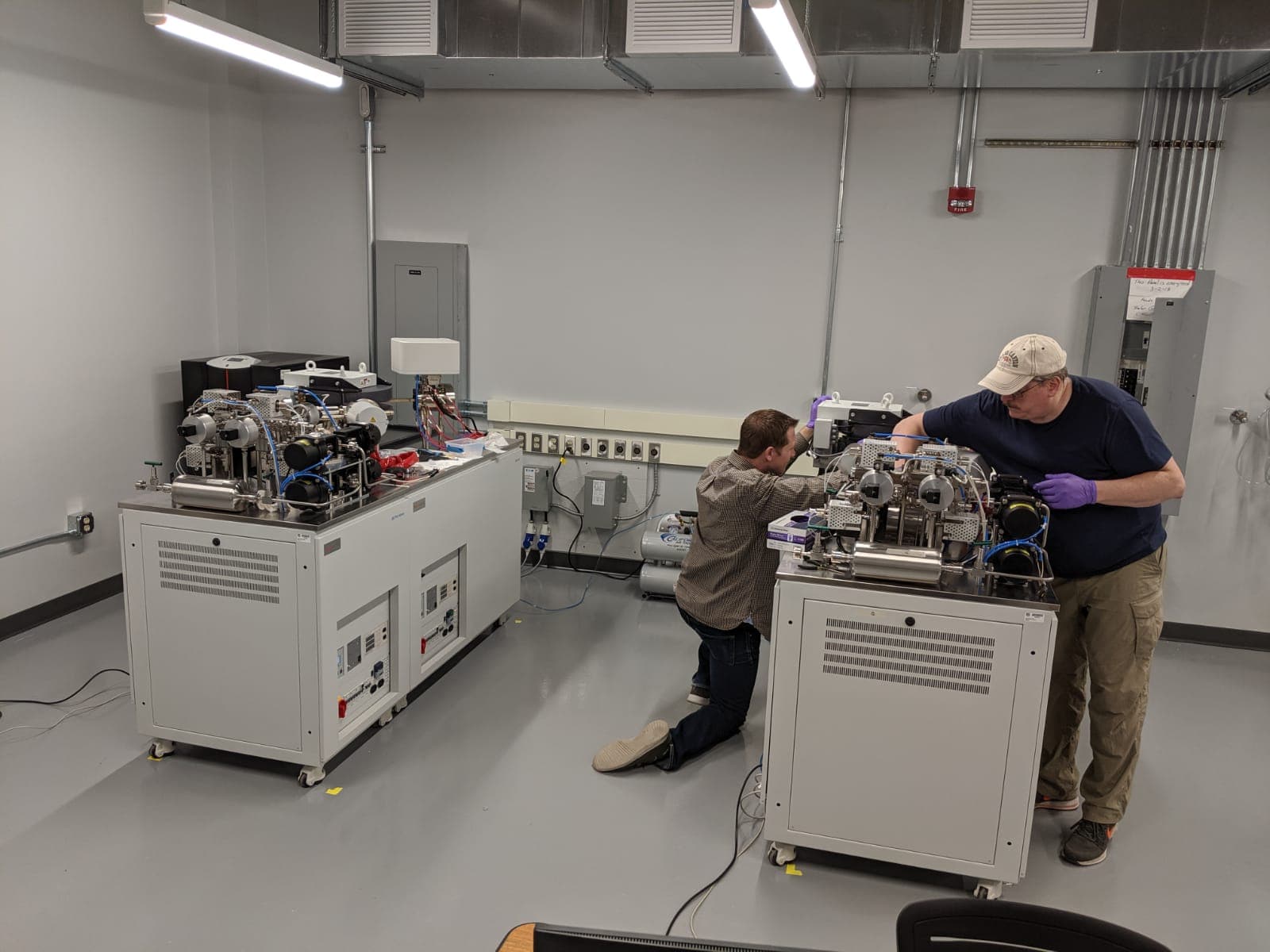
Taylor from ThermoScientific and Dan Miggins setting up the machines after they were transferred from the smaller room.
Moving Spectrometers back to Burt Hall after renovation
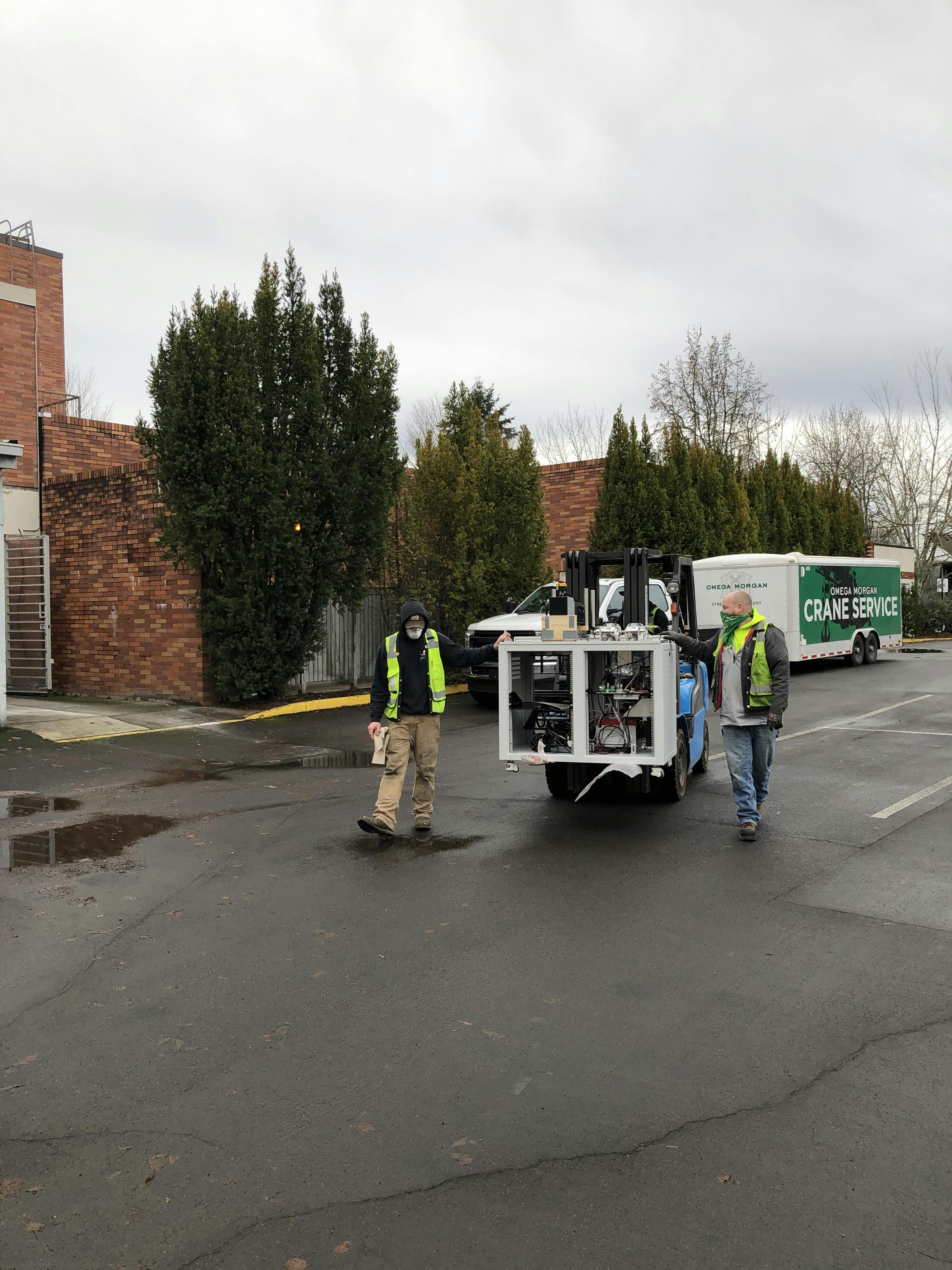
The machines being moved back to Burt Hall after the renovation.
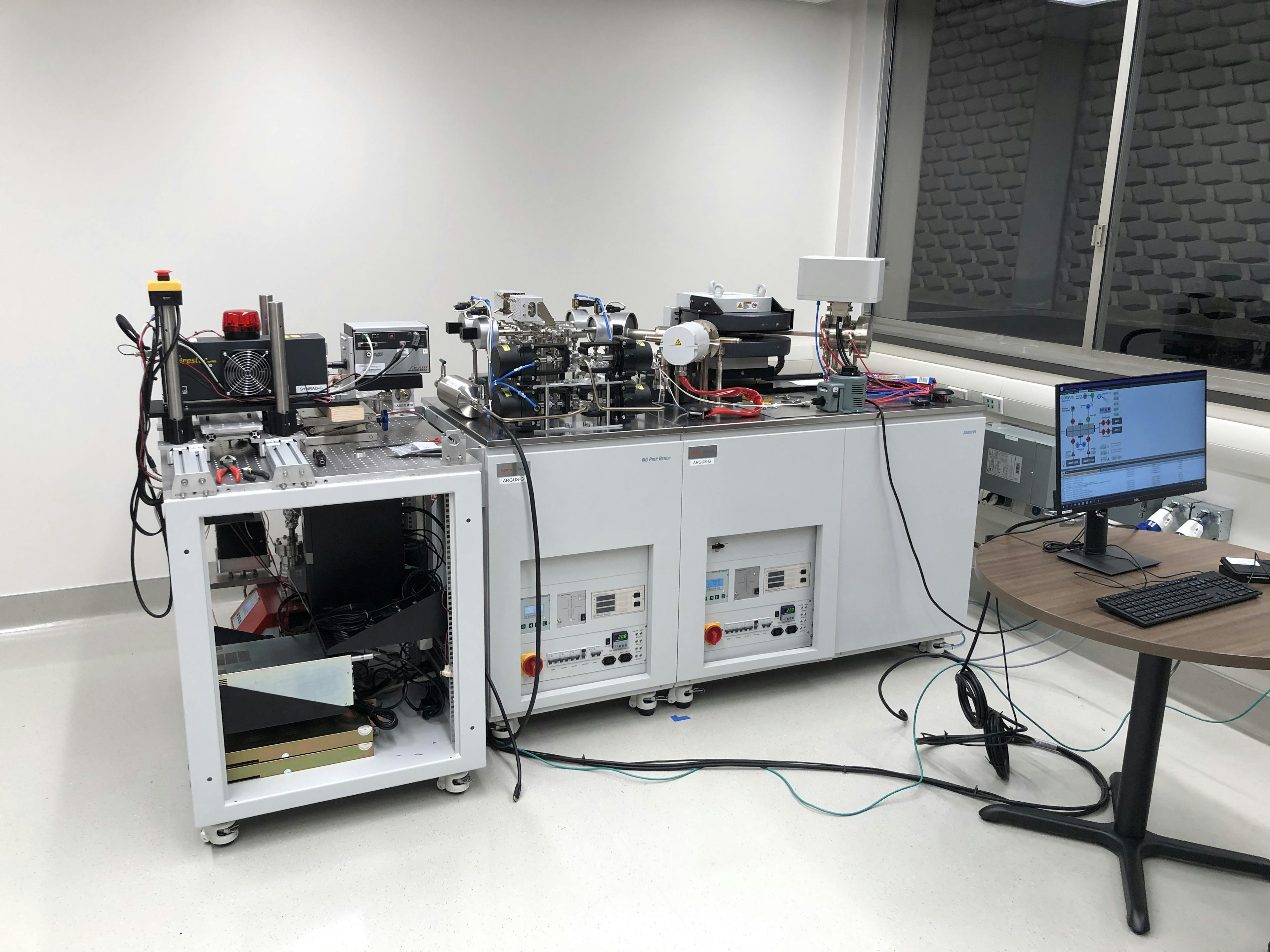
ARGUS-VI G installed into the new lab.
